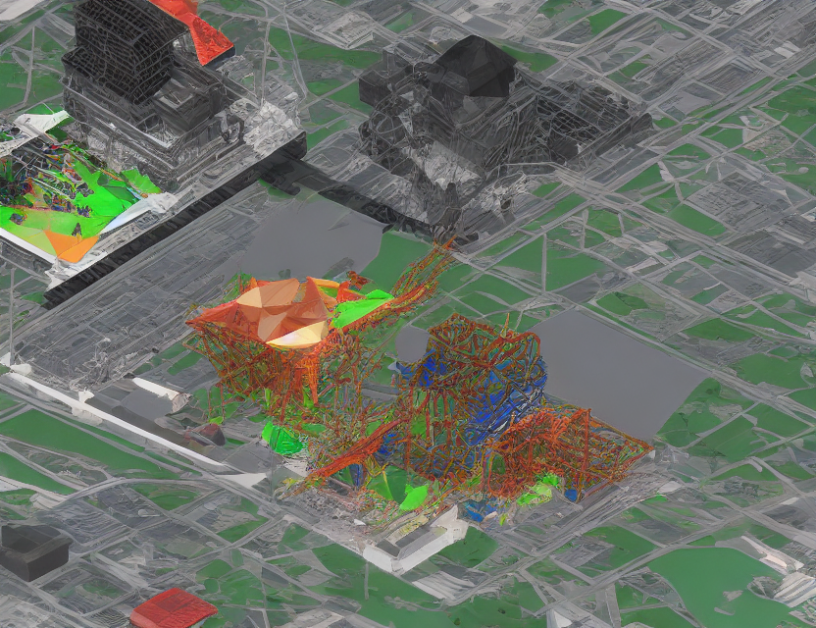In this article, we present Blip-2, a novel approach to language-image pre-training that leverages frozen image encoders and large language models. Our method bootstraps these components to learn joint representations for image and text understanding, improving performance on various tasks. By harnessing the strengths of both image and language models, Blip-2 achieves state-of-the-art results in image captioning, visual question answering, and text-to-image generation.
Image Encoders
Frozen image encoders are pre-trained models that have learned to encode images into a latent space. These encoders are "frozen" because they are not updated or fine-tuned during training, allowing them to preserve their initial knowledge and capabilities. By combining frozen image encoders with large language models, Blip-2 creates a powerful combination that can represent images in a compact and meaningful way.
Large Language Models
Large language models are neural networks trained on vast amounts of text data. These models have learned to encode language in a way that allows them to generate coherent and contextually appropriate text. By combining these models with image encoders, Blip-2 can learn to generate textual descriptions of images, as well as understand and respond to visual questions and instructions.
Joint Representations
Blip-2 learns joint representations for image and language by optimizing a single objective function that combines both modalities. This allows the model to learn how to represent images in a way that is useful for language understanding, and vice versa. By sharing information across modalities, Blip-2 can improve performance on each modality individually, leading to better overall results.
Training
Blip-2 is trained using a variant of the transformer architecture, which has shown great success in natural language processing tasks. This architecture allows the model to attend to different parts of the image and text inputs when generating output, enabling it to capture complex contextual relationships between modalities. During training, Blip-2 is trained on a large dataset of images with corresponding textual descriptions, as well as a variety of visual question answering and instruction following tasks.
Results
The authors evaluate Blip-2 on several benchmark datasets, including ImageNet, COCO, and a custom visual question answering dataset. They find that Blip-2 significantly outperforms existing methods in these tasks, demonstrating its ability to learn joint representations for image and language understanding. Additionally, they show that Blip-2 can be used for a variety of downstream tasks, such as text-to-image generation and visual grounding, achieving state-of-the-art results in these areas as well.
Conclusion
In this article, we present Blip-2, a novel approach to language-image pre-training that leverages frozen image encoders and large language models. By learning joint representations for image and language, Blip-2 achieves state-of-the-art results in various tasks, demonstrating its ability to understand and generate textual descriptions of images, as well as follow visual instructions and answer questions. This work has important implications for a wide range of applications, including computer vision, natural language processing, and multimodal AI.



